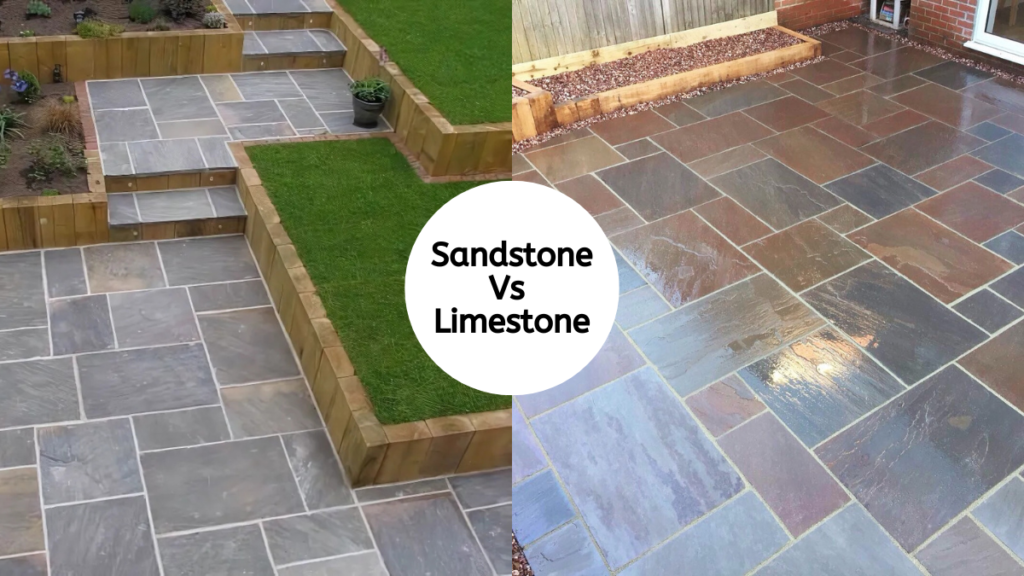When it comes to selecting the right natural stone for your construction or landscaping project, sandstone and limestone are two popular choices. Both materials offer unique characteristics and benefits, making them suitable for various applications. In this article, we will compare sandstone and limestone to help you decide which stone is best for your project.
What is Sandstone?
Sandstone is a sedimentary rock composed primarily of sand-sized mineral particles or grains. It typically forms in environments like riverbeds, deserts, and beaches. Sandstone comes in various colors, including beige, brown, red, and gray, depending on the minerals present during its formation. Its natural texture and aesthetic appeal make it a favorite for outdoor and indoor applications.
What is Limestone?
Limestone is another sedimentary rock formed mainly from calcium carbonate. It often contains fossils and is typically found in marine environments. Limestone is known for its softer, more uniform appearance and comes in colors like white, cream, yellow, and gray. It is a versatile stone widely used in construction, landscaping, and architectural features.
Key Differences Between Sandstone and Limestone
1. Composition and Texture
- Sandstone: Composed of sand-sized particles, sandstone has a more granular texture. Its porosity can vary, making it suitable for specific applications where drainage is essential.
- Limestone: Comprised mainly of calcium carbonate, limestone has a smoother texture. It is less porous than sandstone, making it ideal for applications requiring water resistance.
2. Strength and Durability
- Sandstone: Known for its strength, sandstone can withstand heavy loads and is less prone to cracking, making it suitable for patios, walkways, and retaining walls.
- Limestone: Although limestone is generally softer and easier to work with, it can be more susceptible to weathering and erosion, especially in acidic environments.
3. Aesthetic Appeal
- Sandstone: With its rich colors and natural textures, sandstone can add a warm, rustic charm to any space. It’s often used for decorative walls, landscaping, and outdoor features.
- Limestone: Limestone provides a more classic, refined look, making it popular for architectural elements, facades, and flooring.
4. Cost Considerations
- Sandstone: Depending on the region and availability, sandstone can be relatively affordable. Its durability can also mean lower maintenance costs over time.
- Limestone: Generally, limestone may be slightly more expensive, but its ease of installation and maintenance can balance the initial investment.
When to Choose Sandstone
- If you’re looking for a strong, durable stone for outdoor applications like patios, pathways, or walls, sandstone is an excellent choice. Its variety of colors and textures can enhance the aesthetic appeal of your landscape.
When to Choose Limestone
- Limestone is ideal for indoor applications, such as flooring and countertops, or when a classic look is desired. Its smooth finish and neutral colors make it versatile for various design styles.
Making the Right Choice
Ultimately, the choice between sandstone and limestone depends on your specific project requirements, aesthetic preferences, and budget. Both materials offer unique benefits and can enhance your space in different ways. For high-quality sandstone and limestone products, explore the premium collection at Stonelinxx to find the perfect stone for your project.

